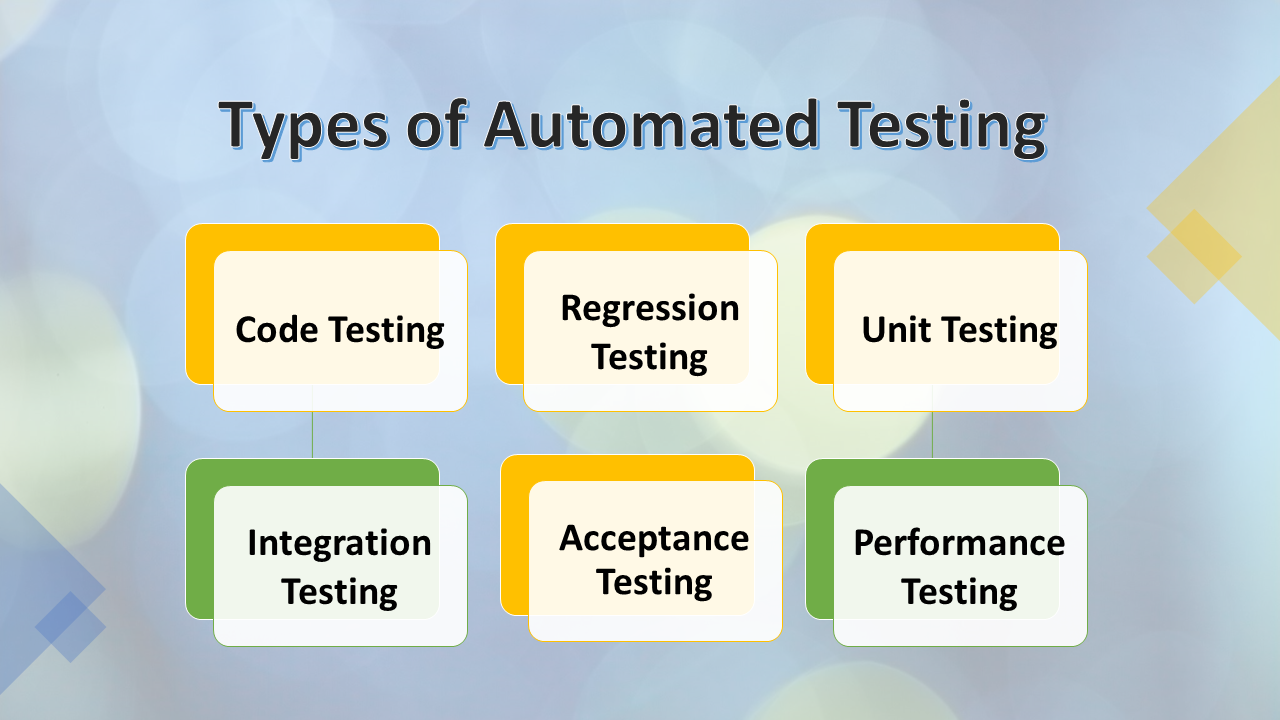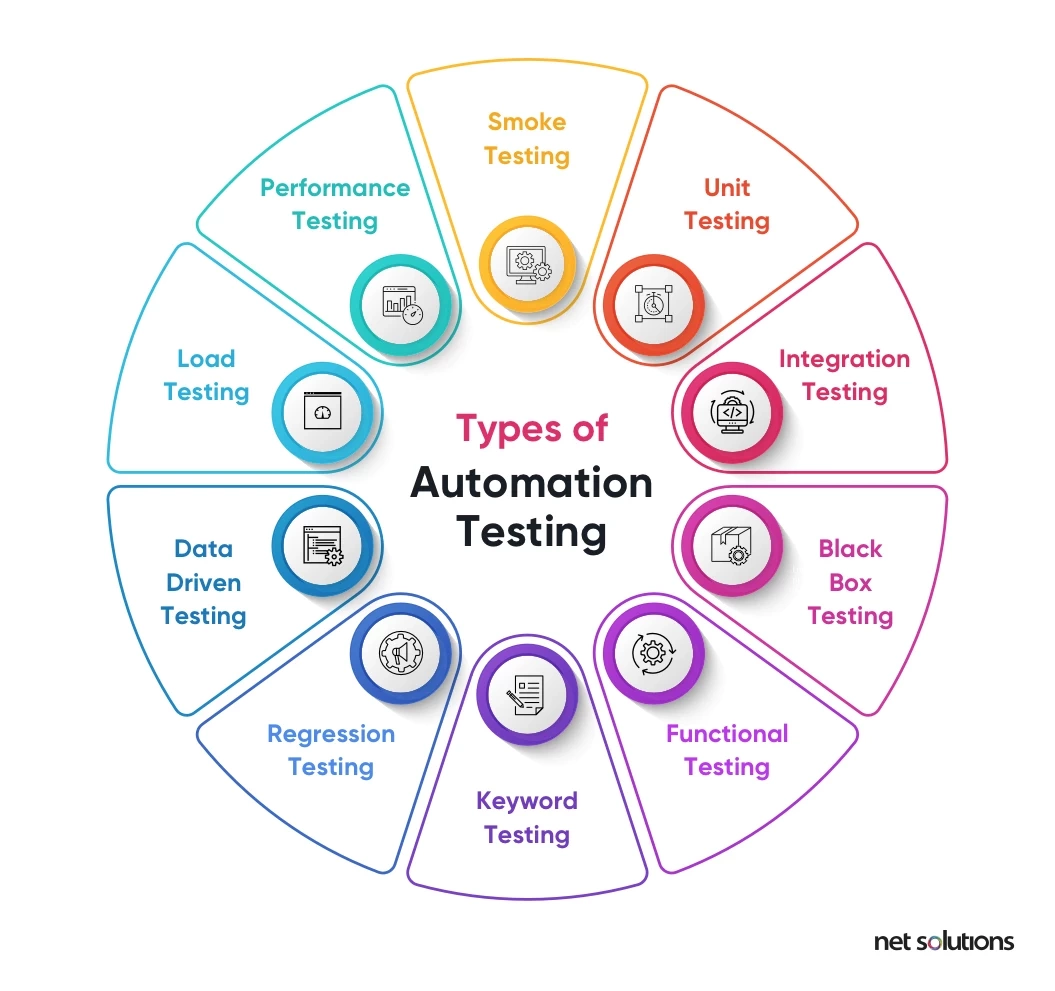Automation Testing Structures: Simplifying Complicated Testing Circumstances
Automation Testing Structures: Simplifying Complicated Testing Circumstances
Blog Article
From Handbook to Automated Testing: A Comprehensive Guide to Transitioning Smoothly and Effectively
In the realm of software screening, the change from guidebook to automated procedures has actually ended up being a progressively crucial shift for organizations seeking to boost performance and precision in their screening methods. As technology continues to advance, the demand for efficient and seamless computerized testing techniques has actually never been more important. The trip from manual to automated testing is not without its challenges, however when approached strategically and with a clear strategy in mind, the benefits can be substantial - automation testing. In this thorough overview, we will discover crucial actions and considerations important for an effective transition, from the first choice of tools to the assimilation of automation into existing workflows. Keep tuned to uncover the understandings that will certainly help lead the way for a smoother and extra efficient testing procedure.
Advantages of Automated Testing
Automated testing supplies various benefits, enhancing effectiveness and precision in software advancement processes. One main advantage is the significant reduction in screening time. Automated examinations can be run all at once on multiple gadgets and running systems, dramatically speeding up the testing stage contrasted to manual testing. This boosted efficiency enables faster responses on the quality of the software application, making it possible for programmers to determine and attend to issues quickly.
Additionally, automated screening ensures a greater degree of accuracy in finding flaws. Given that automated examinations comply with predefined scripts, human error is reduced, resulting in even more trustworthy test outcomes. Uniformity in screening is likewise enhanced, as automated tests execute the same steps precisely each time they are run. This uniformity is critical in making certain that all capabilities of the software application are completely evaluated, reducing the likelihood of unnoticed bugs slipping via to manufacturing.
Choosing the Right Devices

First of all, examine your objectives and requirements. Understand the range of your job, the innovations included, and the skill set of your group. This evaluation will assist you establish the attributes and capacities you need in your testing devices.
Second of all, think about the compatibility of the tools with your existing procedures and systems. Seamless integration with your existing software program development lifecycle is vital to ensure a smooth change to automation.
Furthermore, assess the scalability and flexibility of the devices. As your testing needs evolve, the devices ought to be able to adjust and fit modifications effectively.
Lastly, consider the support and area around the tools. When executing automated screening, robust assistance and an active individual community can supply important sources and assistance. By meticulously thinking about these facets, you can select the right devices that align with your demands and established the stage for an effective transition to automated testing.
Composing Reliable Test Scripts

When crafting test manuscripts, it is necessary to consider the details requirements of the software program being checked and ensure that the scripts resolve all vital functionalities. Detailed and clear naming conventions for examination manuscripts and test situations can enhance readability and maintainability. Furthermore, including mistake handling mechanisms within the examination manuscripts can help in determining and resolving issues immediately.
Furthermore, organizing test scripts into modular parts can improve reusability and scalability, decreasing redundancy and boosting efficiency in test script upkeep. Normal reviews and updates to evaluate scripts are essential to maintain rate with evolving software application demands and capabilities. By adhering to these principles, testers can create efficient and durable examination manuscripts that contribute substantially to the success of automated screening procedures.
Integrating Automation Into Workflows
Reliable assimilation of automation devices right into existing operations enhances and streamlines processes productivity within software application growth cycles. When including automation right into operations, it is vital to recognize recurring jobs that can be automated to conserve time and minimize human error. By perfectly integrating automated testing devices like Selenium or Appium right into the software development lifecycle, groups can attain faster comments on code modifications, resulting in quicker bug detection and resolution. click now This assimilation enables constant testing throughout the development procedure, making certain that any problems are identified early, causing greater software quality. In addition, automation can be utilized to set off examinations instantly after each code dedicate, providing prompt recognition and maximizing testers to concentrate on even more complex circumstances. Appropriate integration of automation devices needs collaboration in between development, screening, and operations groups to establish a unified process that optimizes performance and effectiveness in supplying top notch software application items.
Making Sure a Smooth Shift
Effectively transitioning to automated screening involves careful planning and cautious implementation to minimize disruptions and make the most of efficiency in the software application advancement procedure - automation testing. To make sure a smooth change, it is essential to start by performing a comprehensive assessment of the present testing processes and identifying areas where automation can bring the most significant benefits. Engaging with all stakeholders early on while doing so, including developers, testers, and project managers, is important for gathering support and buy-in for the automation initiative
Communication is key during this change stage. Clear interaction of the goals, benefits, and expectations of automated screening aids to take care of any kind of resistance or issues that may develop. Additionally, providing ample training and sources for employee to upskill in automation tools and strategies is essential for guaranteeing an effective shift.

Final Thought
In final thought, transitioning from handbook to automated screening uses countless advantages, consisting of raised effectiveness and dependability. By choosing the proper devices, composing efficient test scripts, and integrating automation perfectly into workflows, organizations can ensure a effective and smooth change. It is important to welcome automation as a useful possession in software application testing processes to improve total top quality and performance.
In the realm of software application testing, the change from handbook to automated processes has become a significantly important transition for companies seeking to boost performance and accuracy in their testing techniques. Automated examinations can be run at the same time on multiple tools and running systems, considerably speeding up the testing check here stage compared to manual testing. Consistency in screening is likewise improved, as automated examinations perform the same actions precisely each time they are run.To ensure the effective implementation of picked testing devices, the development of effective examination scripts plays a crucial role in verifying the functionality and efficiency of automated processes - automation testing. By complying with these principles, testers can develop effective and durable test scripts that add substantially to the success of automated screening processes
Report this page